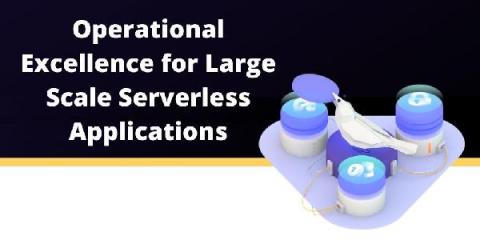Achieve Better Observability into AWS Services with the AWS CloudWatch Monitoring Template
Amazon CloudWatch — Amazon’s built-in infrastructure monitoring tool — monitors your Amazon Web Services (AWS) resources and the applications you run on AWS in real time. Here’s what you can do with this tool and how to access AWS CloudWatch monitoring dashboards.










